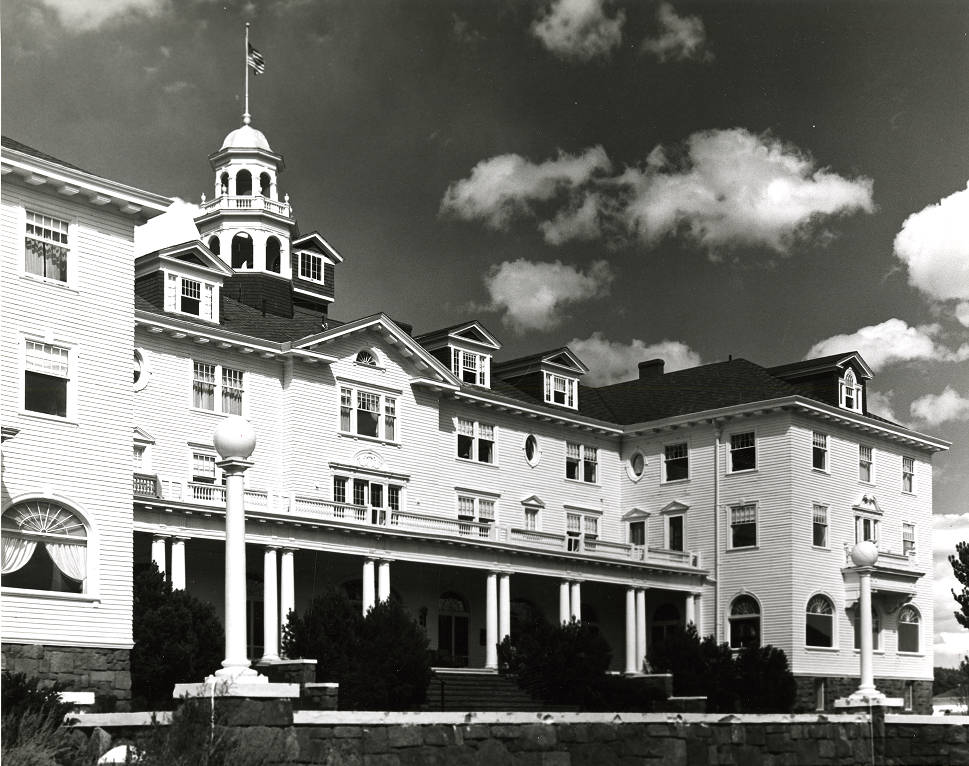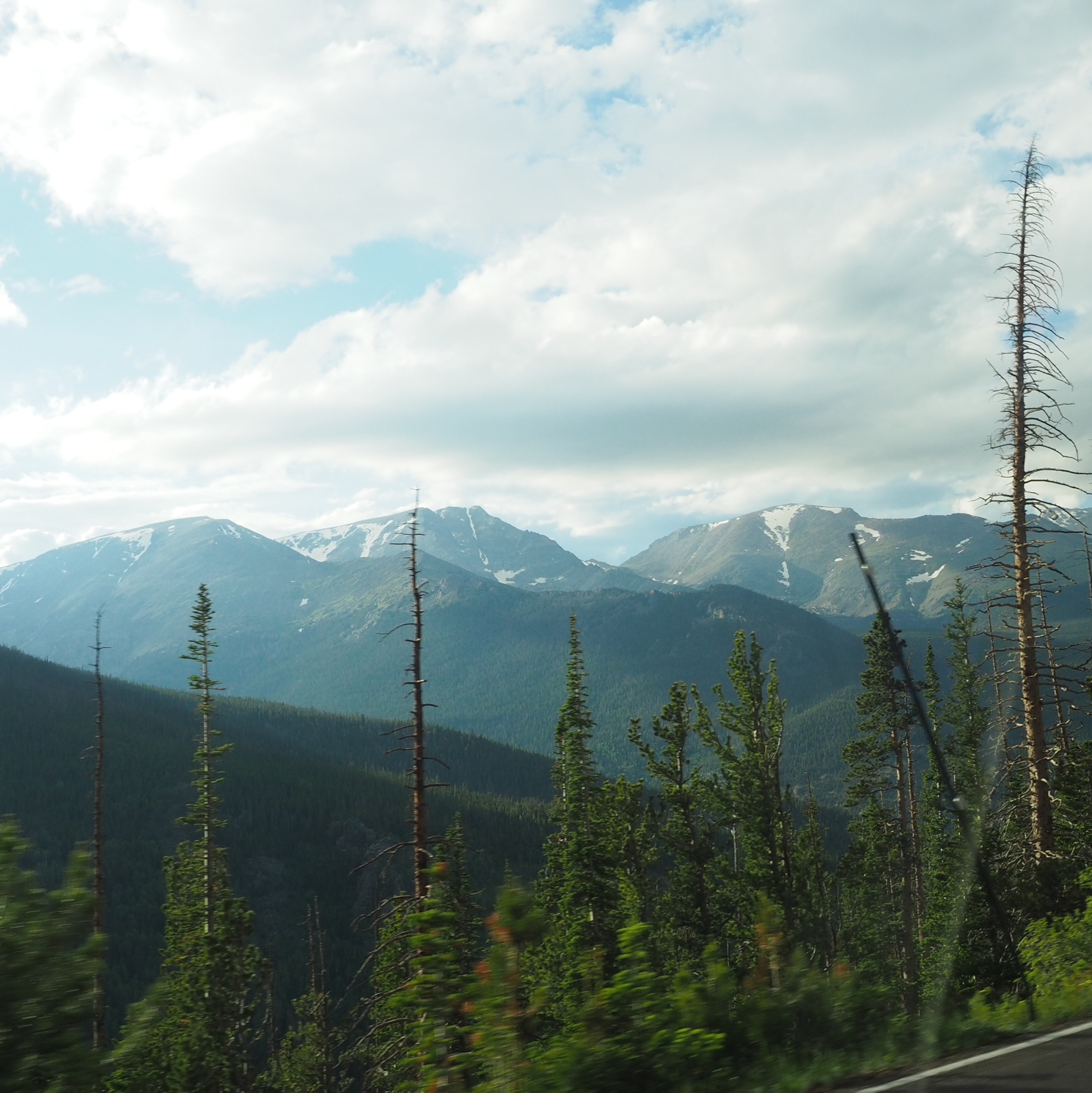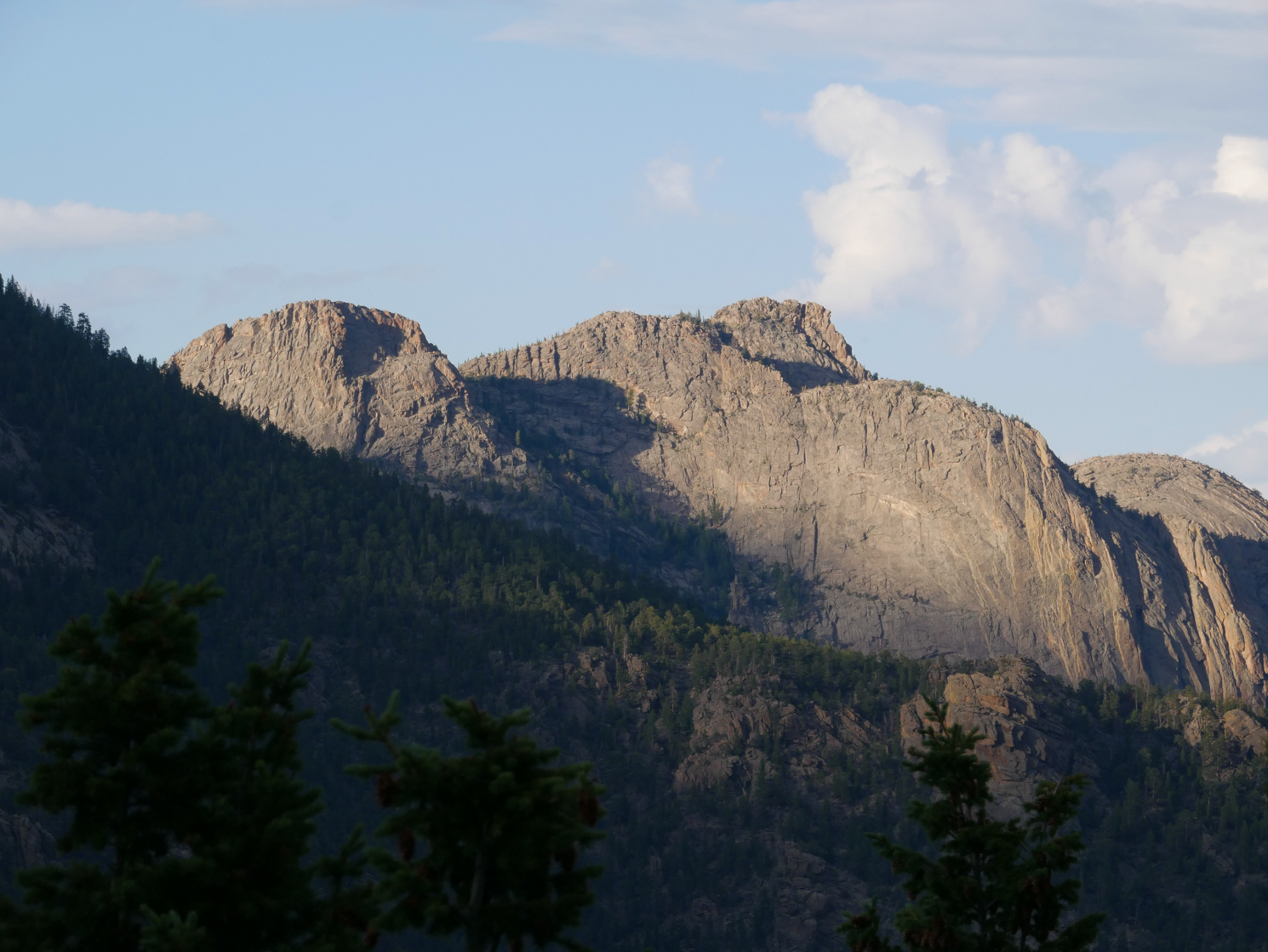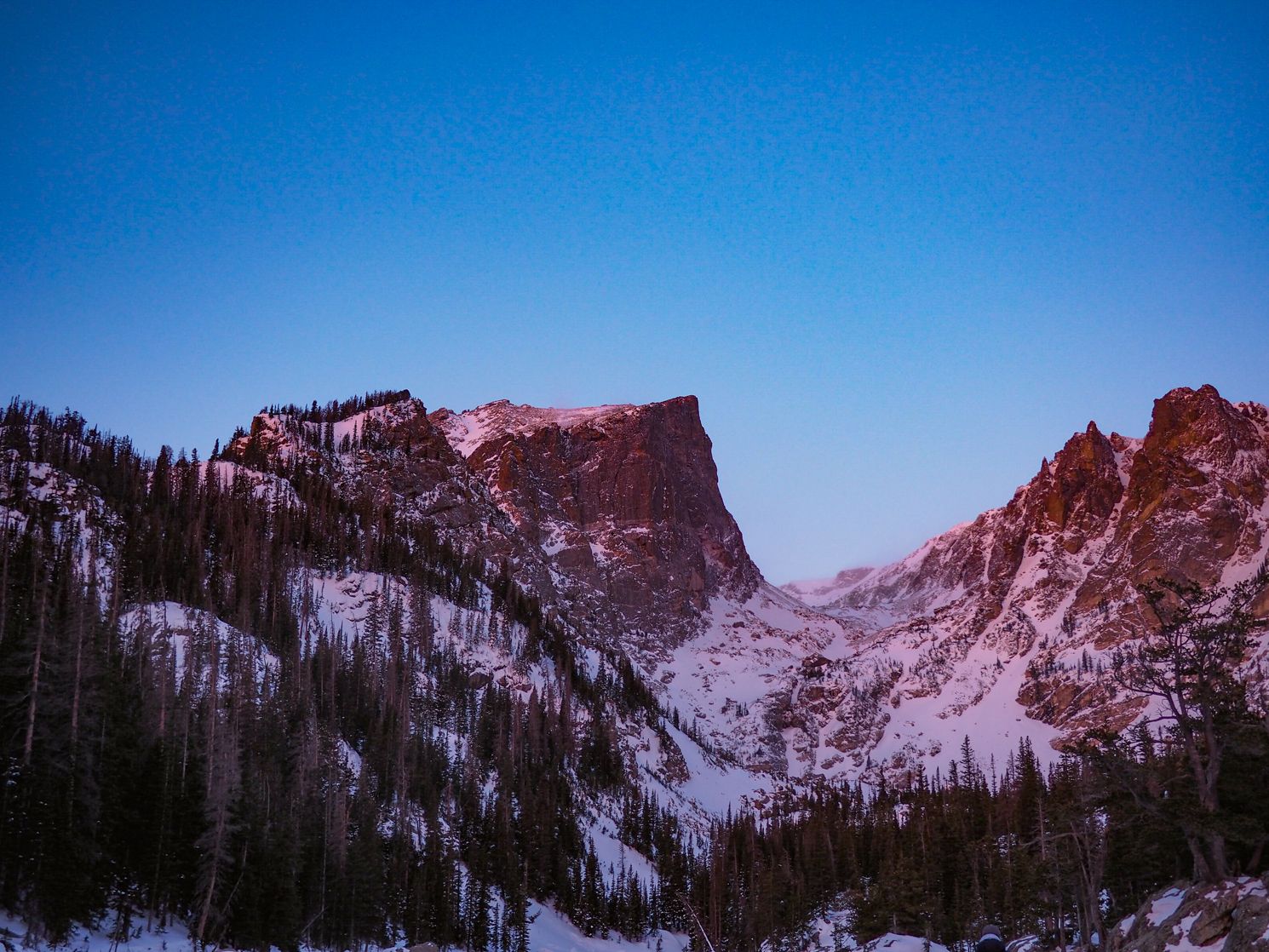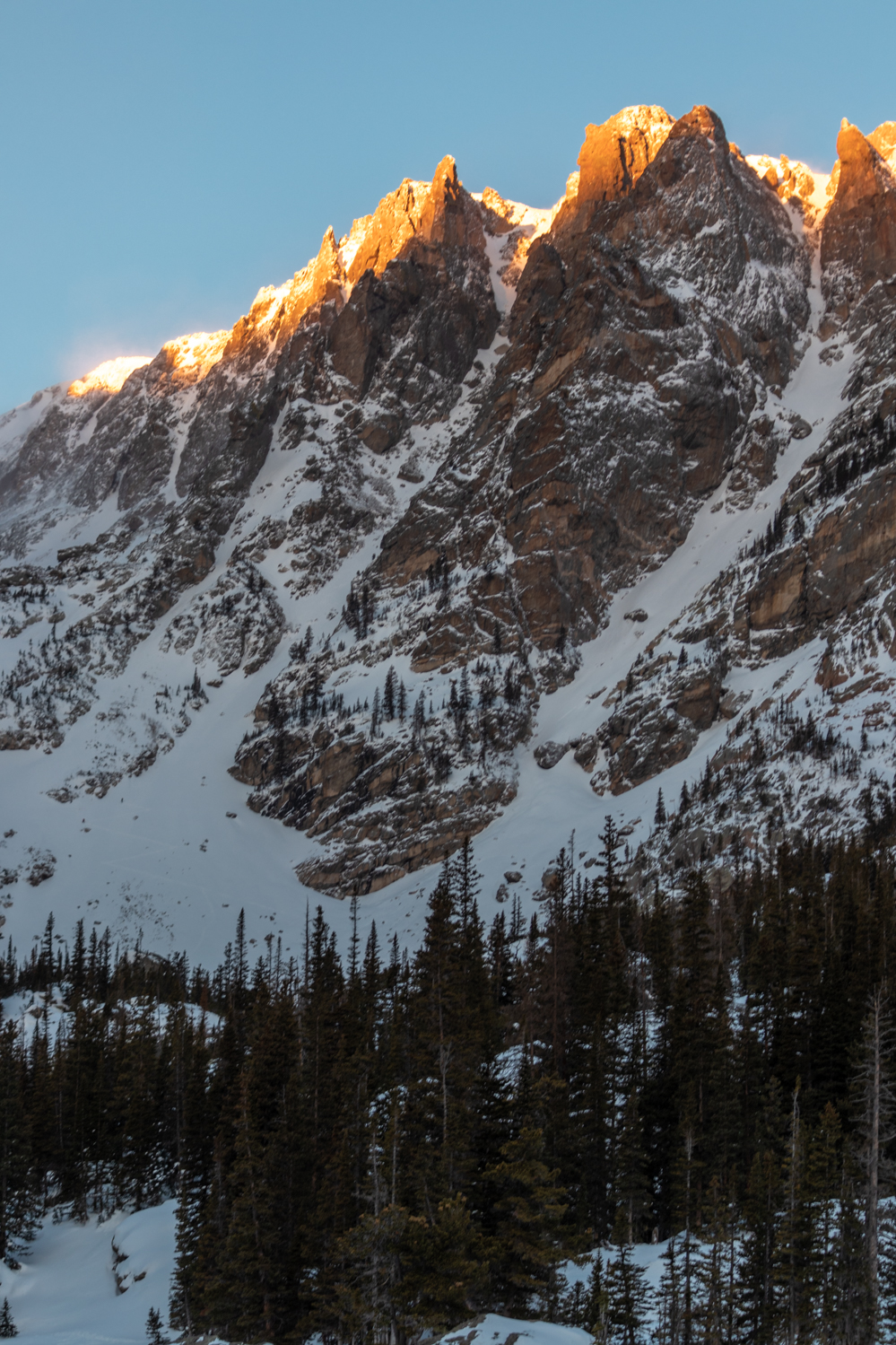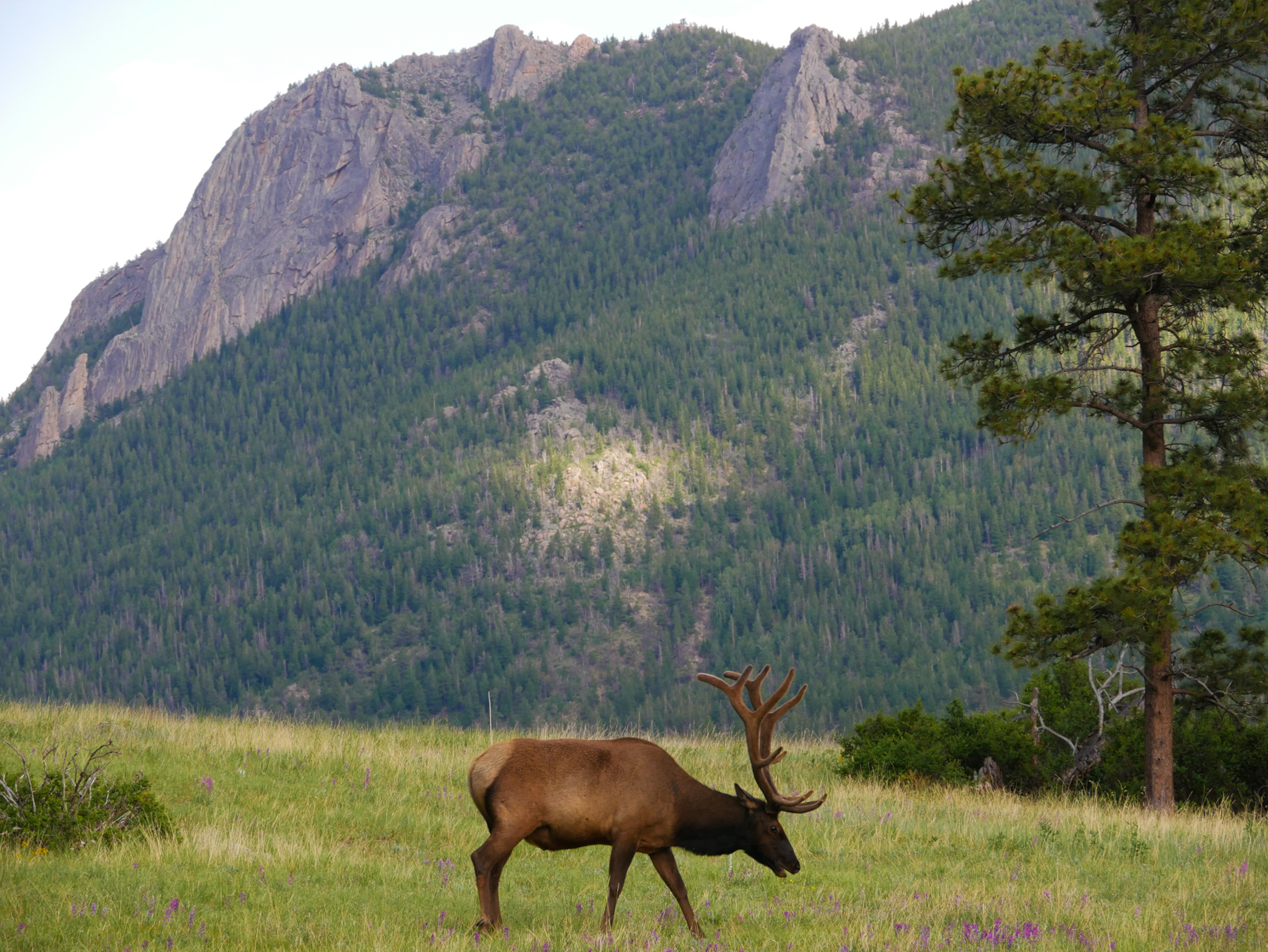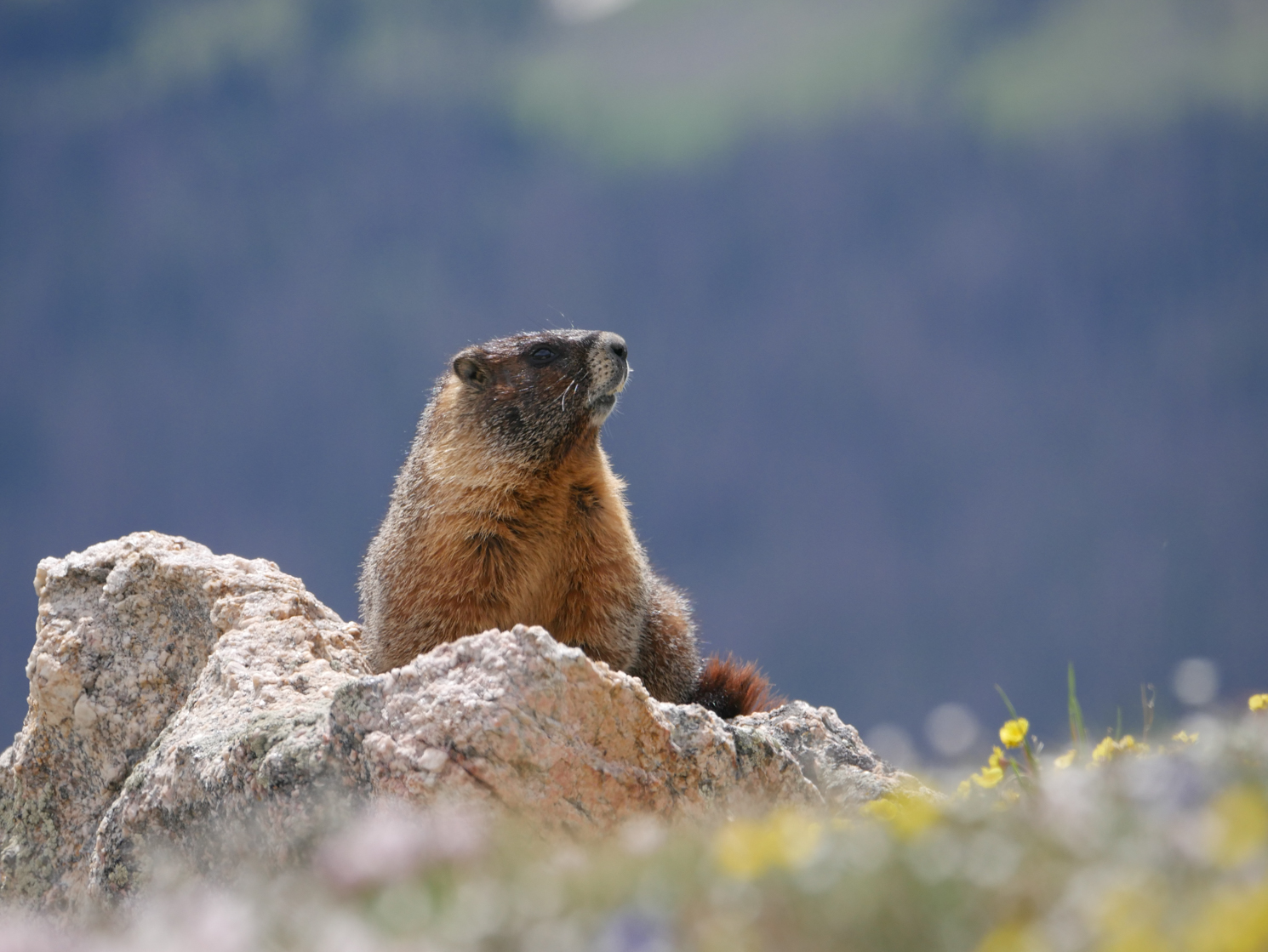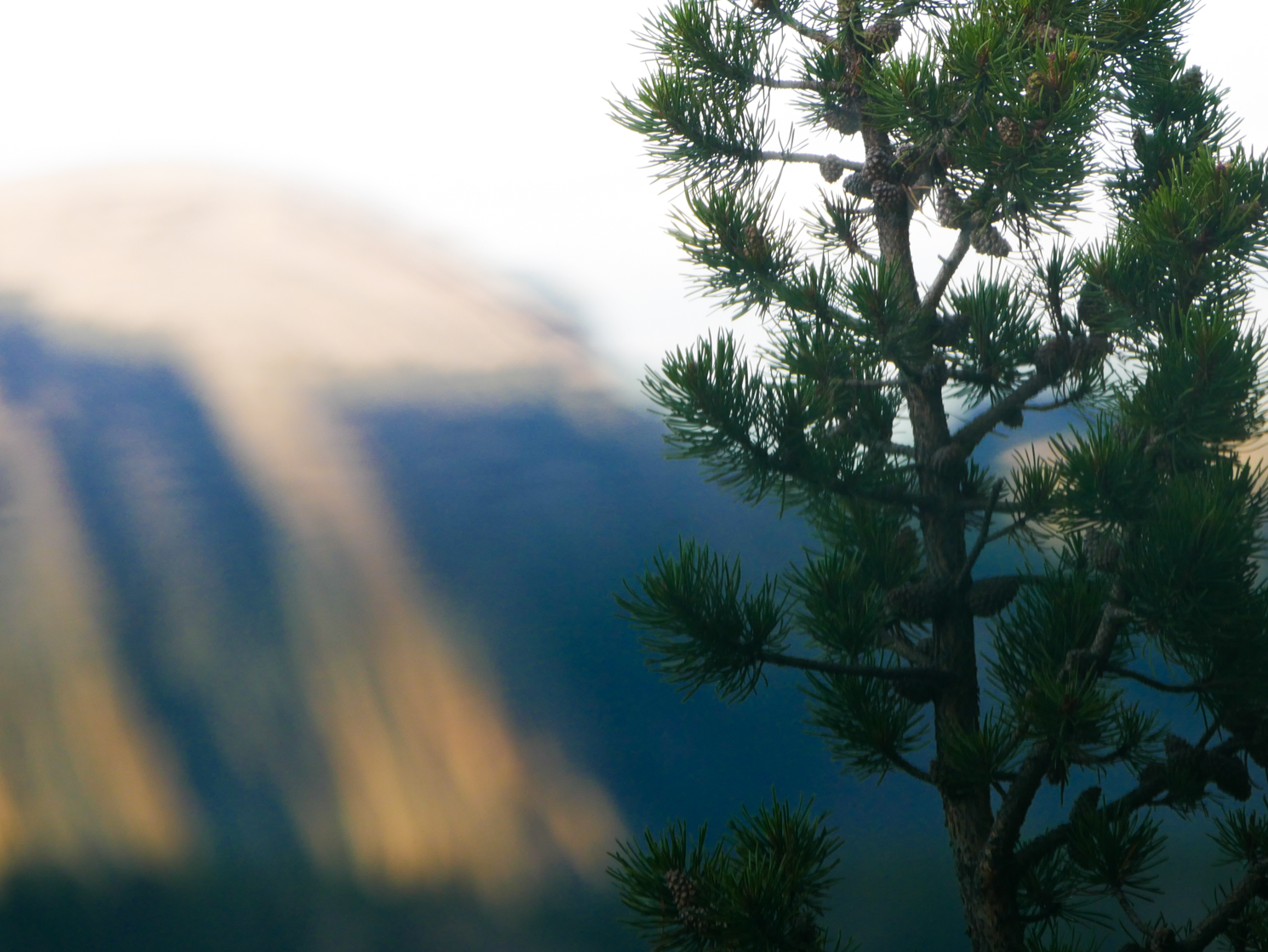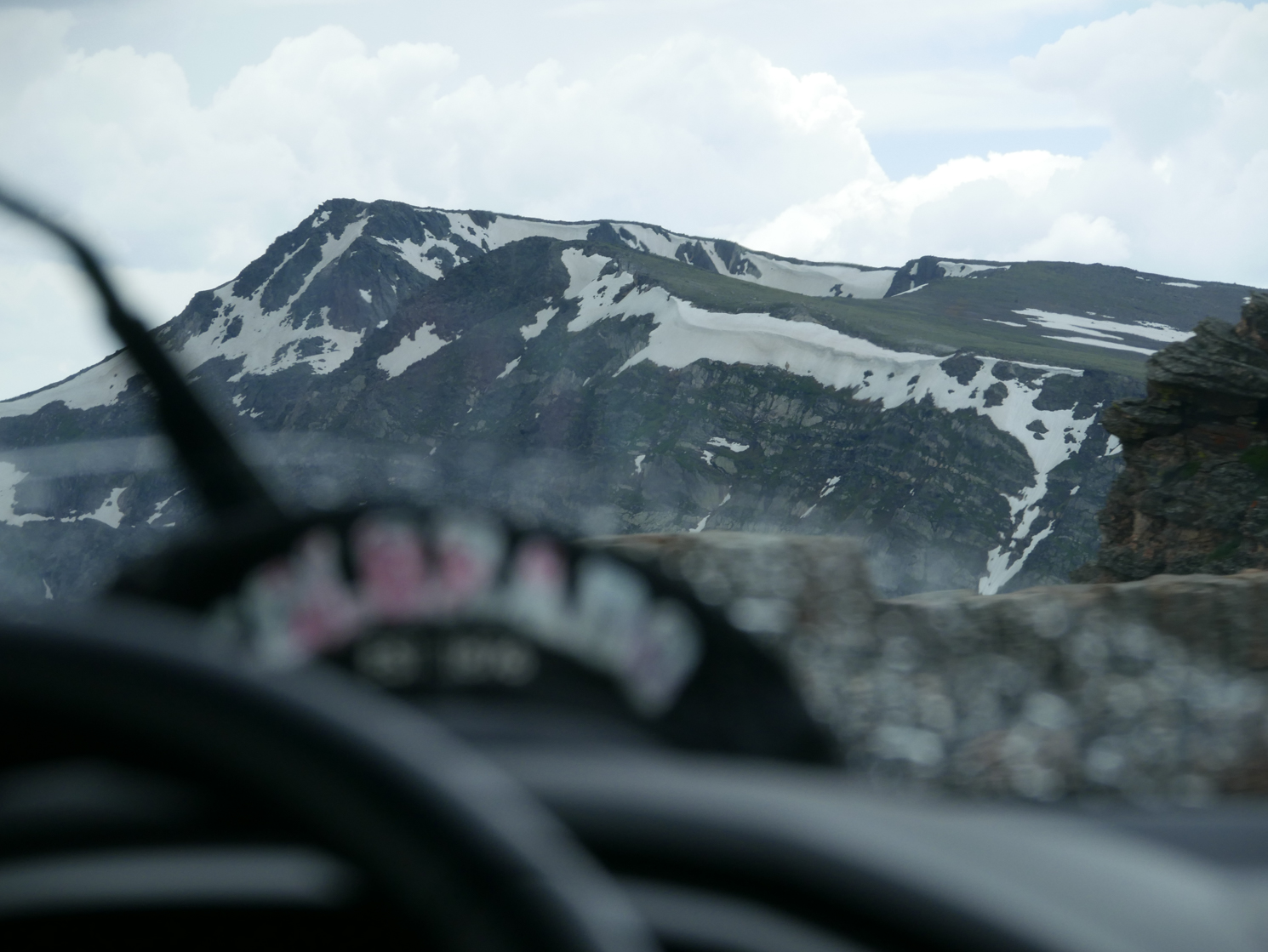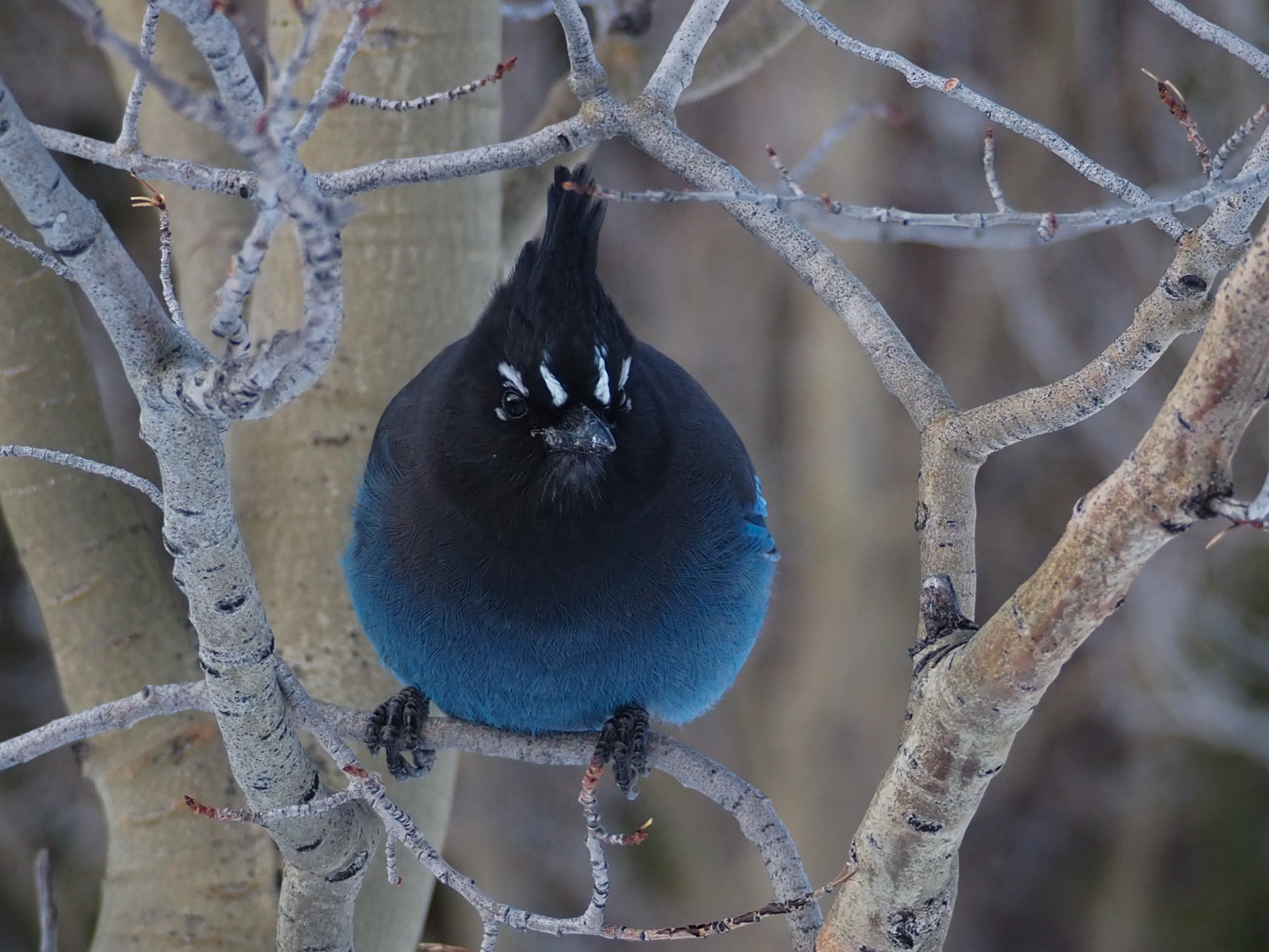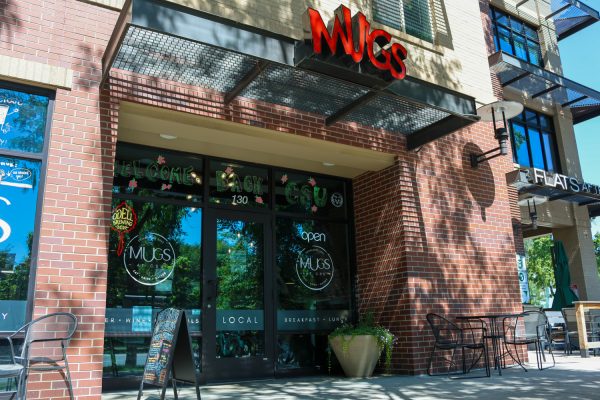Ad
Rocky Mountain National Park: Attracting Visitors Since 1915
Fog clears over Hallett Peak and Flattop Mountain in Rocky Mountain National Park as the sun rises over Dream Lake Oct. 16. Located seven miles southwest of the park’s east entrance, the hike to the lake is popular at all times of year. (Michael Marquardt | College Avenue Magazine)
November 9, 2022
Rocky Mountain National Park’s sprawling mountain ranges provide a feeling of escape and solace to visitors. The variety of wildlife and recreational activities along with captivating scenery make the park one of the most popular in the country. Since its founding in 1915, the park has gone through many changes but the reasons people flock to Rocky remain the same.
In recent years, the park has experienced an influx of visitors. With increased visitation comes increased impact on the parkland and an increased need for management.
“From 2012 to 2019, Rocky saw a 42% increase in visitation,” says Kyle Patterson, the park public affairs officer. “That’s almost 1 million and a half more visits in that time period… we were the third most visited national park in the country.”
This influx may be due to Colorado’s overall increasing population, according to Patterson. “We are a national park that’s an hour and a half easy, drive from a large population of people,” Patterson says.
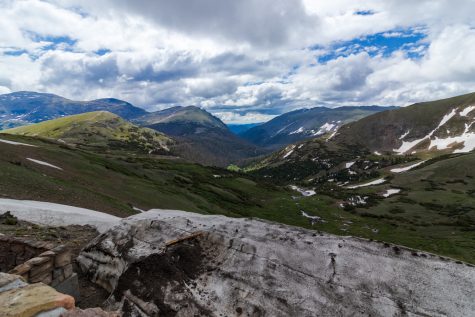
Colorado and its vast mountain ranges provide a welcome escape for people. Visitors come to Rocky for the outdoor recreation, wide-array of wildlife, and breathtaking views. However, Rocky is experiencing a problem where the influx of visitors can make it difficult to enjoy the park the way it was originally intended.
“In 2015 we saw this 20% increase in one year and we really saw a lot of our problems in the park exacerbate leading up to that year,” Patterson says. “We need to manage these areas more and more for the impacts of the crowding and congestion that (visitors) were experiencing.”
Patterson described 2015 as the imploding point for these issues, with the 20% visitation increase making it progressively difficult to manage overcrowding and the human impact that comes with it. Trails were widening, bathrooms were overused, and visitors were even becoming aggressive with each other over parking spots, Patterson says. Lines to get into the park were hours long, causing congestion and frustration in the surrounding areas of Estes Park and Grand Lake.
“The biggest thing we’ve been focused on is our visitor use management,” says Darla Sidles, superintendent of Rocky Mountain National Park. “We’ve been experimenting with some different visitor use management pilots over the last six years to find our best course of action to ensure that these resources are here for future generations and to improve that visitor experience.”
Most recently, the park is using the timed entry permit system, which allows visitors to reserve a pass to enter the park on a specific day in a specific time frame, usually from morning to afternoon depending on the area of the park. The system has been beneficial so far, with other national parks following the same course, Sidles says.
“I enjoy planning for the future and really thinking … ‘How do we do better? How can we be more effective and efficient in accomplishing the mission?’” Sidles says. “That’s a big piece of it too, is just looking to the future and trying to make things better for the resources, the public, and our staff.”
This mission of preserving the park’s natural resources and scenery while allowing visitors to thoroughly enjoy the land has been steadfast throughout Rocky’s history. The park’s founders probably never imagined the magnitude of visitors it would host in the future. Understanding why and how the park was established can add a new level of appreciation for the land and help visitors form a broadened perspective.

Before Rocky was founded in 1915, it was inhabited by indigenous tribes for thousands of years. The Ute and Arapaho tribes were the main inhabitants, along with other tribes like the Eastern Shoshone, Apache, Comanche, and Cheyenne traversing through the land, according to the Rocky Mountain Conservancy. Conflict in the area was prevalent with only the Continental Divide separating the Arapaho and Ute tribes.
Gold was discovered in Colorado in 1858 and brought many prospectors and miners to the region, one of these being Joel Estes, who Estes Park is now named after, according to the Loveland Reporter-Herald. The onslaught of people meant depleted resources for the indigenous tribes, and eager excavators slowly pushed the tribes out and into the surrounding regions of Wyoming, Oklahoma, and Utah. Treaties made between the U.S. government and the tribes were often broken, and by the late 1800s, the indigenous presence in the area was essentially removed, according to the Rocky Mountain Conservancy.
Throughout the late 1800s and into the early 1900s there were private lodges and ranches sprawled across the region that is now Rocky. The land was a scenic destination for hunters, fishermen, and recreators alike. The push for land preservation and conservation was in full swing, led by Theodore Roosevelt, Gifford Pinchot, and John Muir, according to the National Park Service.
James Grafton Rogers, co-founder of the Colorado Mountain Club (CMC), and Enos Mills, naturalist and CMC member, would spearhead the efforts to establish Rocky Mountain National Park, according to Katie Sauter, CMC archivist. The CMC was founded in 1912 by both Rogers and mountaineer Mary Sabin in an effort to promote enjoyment and preservation of the Rocky Mountains, according to the Colorado Mountain Club Collection.
The CMC was a group of outdoor enthusiasts who would often venture to the Rocky Mountains for pack trips, hikes, and other activities. They cherished the land and made it a priority to preserve it for future generations. Since its origination, the CMC has grown into a state-wide organization, with over 5,700 members today, according to Sauter. Like its founding members, the group still plans hiking trips to Rocky, and emphasizes the importance of outdoor recreation and preservation.

In an attempt to honor and preserve the indigenous history of the land, CMC member Oliver Toll and three Arapaho tribe members set out on a pack trip in 1914 to identify and name features in the park. Harriet Vaille Bouck and Edna Hendrie planned and arranged the project, but did not actually attend the pack trip, according to Sauter.
“Rocky Mountain National Park is one of the parks currently that has the most native names out of any of the (national) parks,” Sauter says. “That was pretty instrumental in passing the bill (to officially establish the park), it was very impressive.”
On January 26, 1915, President Woodrow Wilson signed the Rocky Mountain National Park Act, according to the National Park Service. The National Park Service itself wouldn’t be established until a year later in 1916 through the Organic Act.
The official creation of Rocky Mountain National Park meant the land would be protected and appreciated for generations to come, and that it has. Rocky’s steady visitation rates and influx of visitors in the past 10 years proves this, with millions of people traveling to Rocky every year.
“When you think of all the changes that have happened in the last 100 years, people come to Rocky for the same reasons; its scenic beauty, watchable wildlife, and recreational opportunities,” Patterson says. “Anytime we talk to visitors or they connect with us, those are always the top three reasons that people indicate they come to Rocky. When you think of all of these things that have changed, those three things have stayed the same, which is pretty refreshing.”





